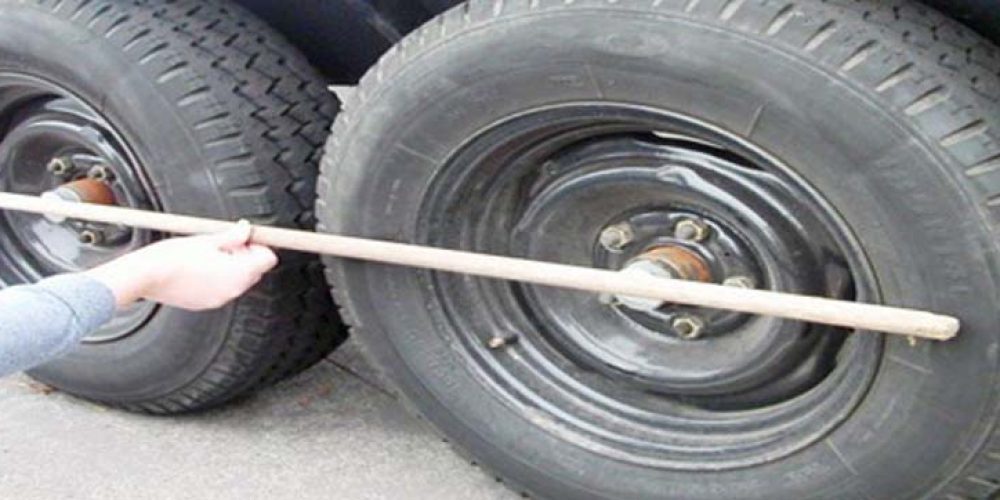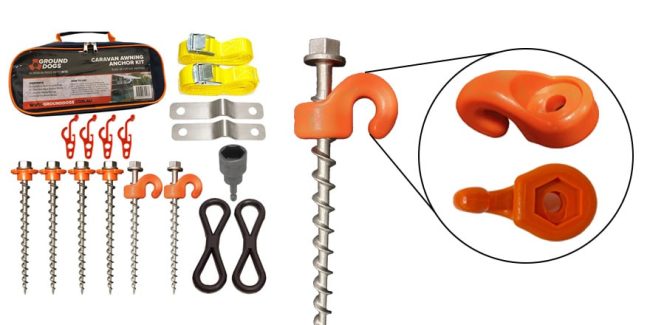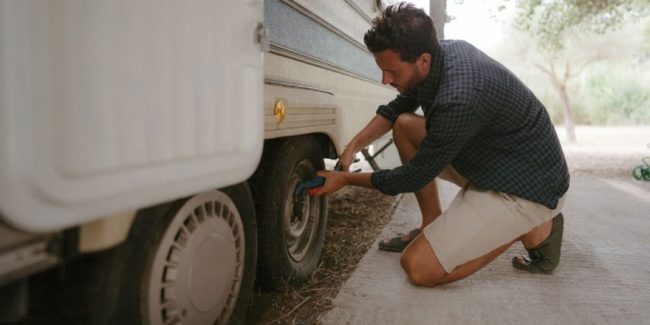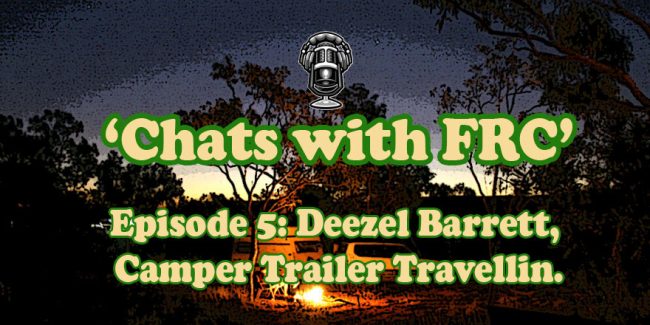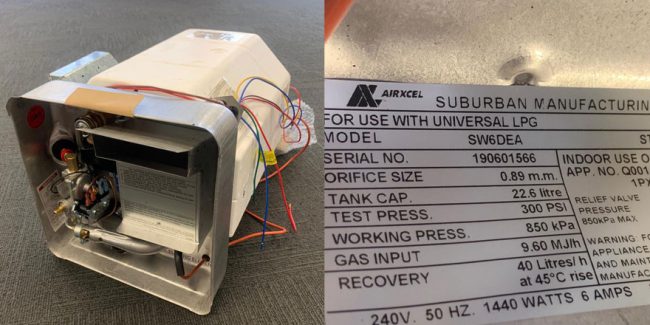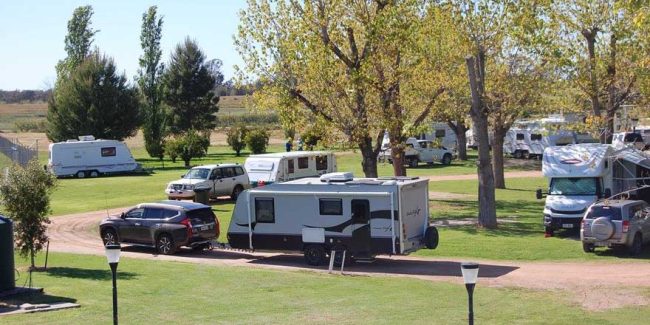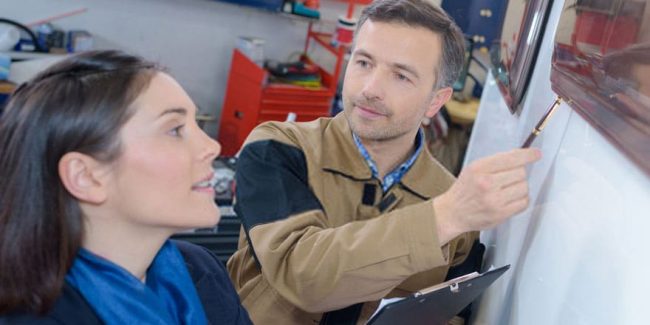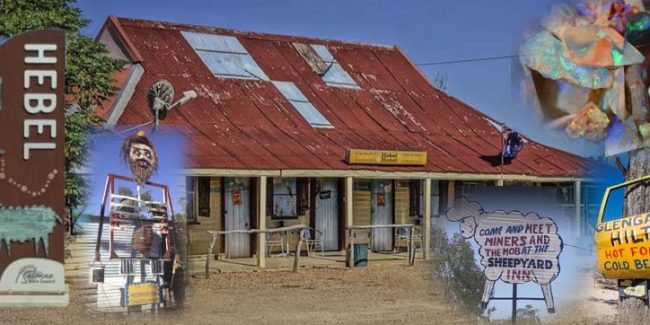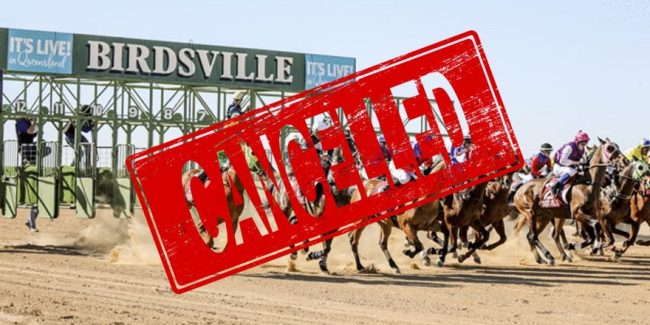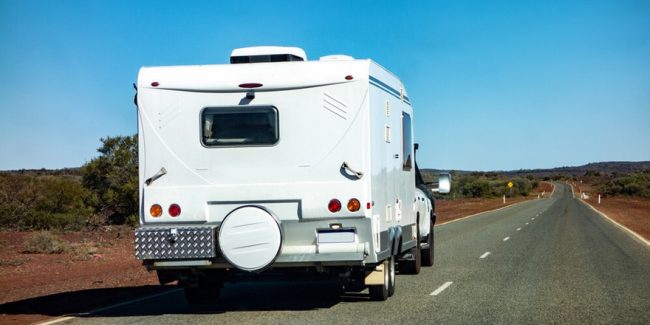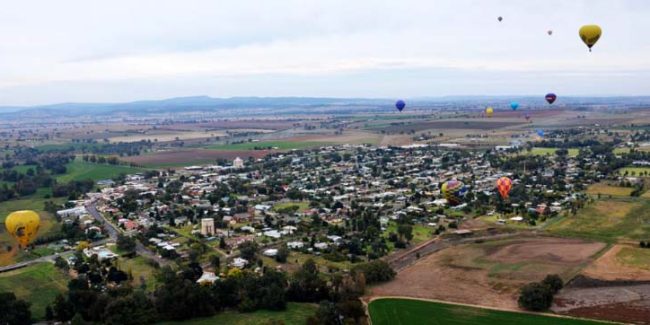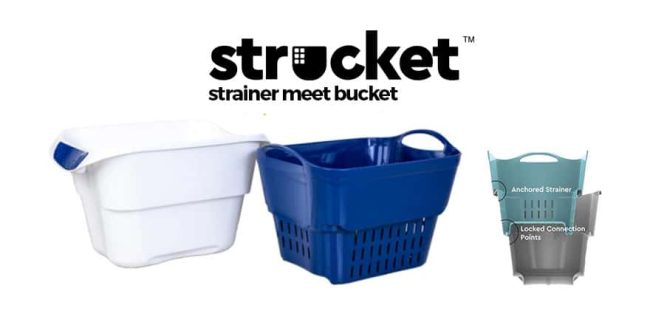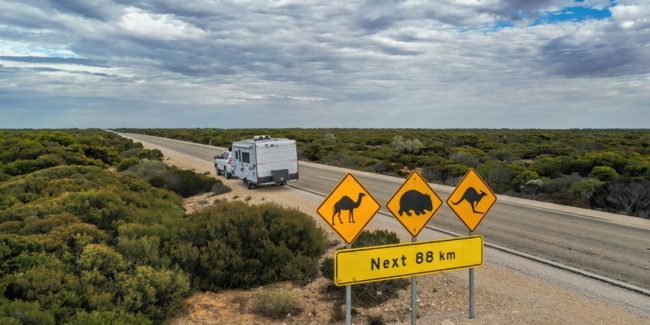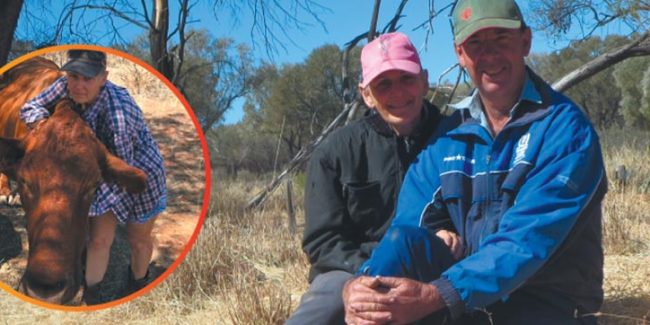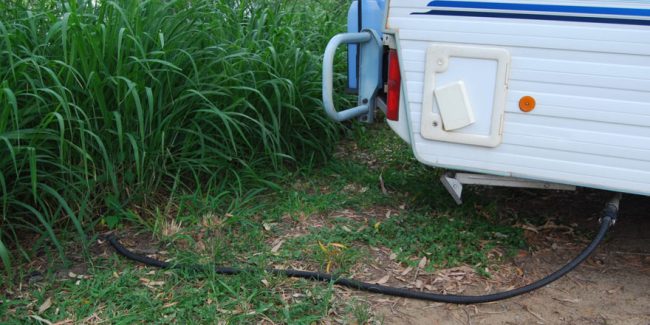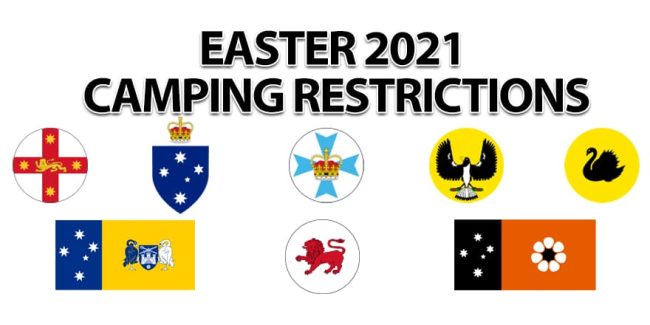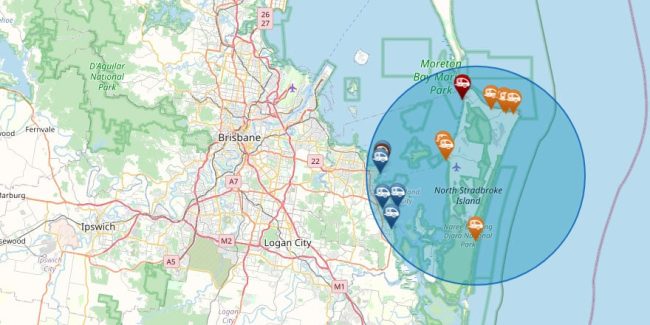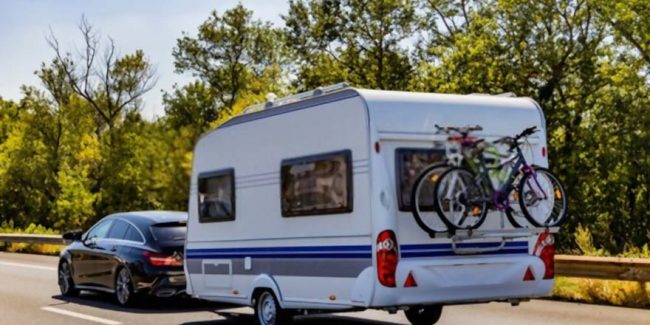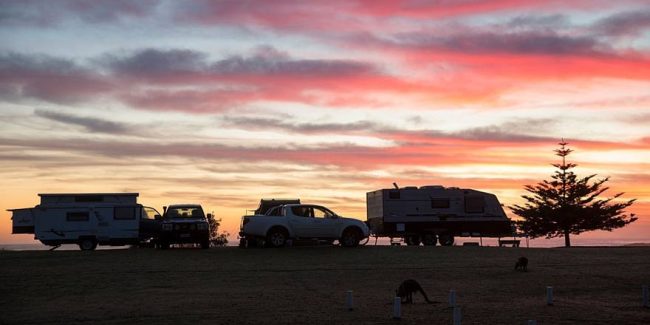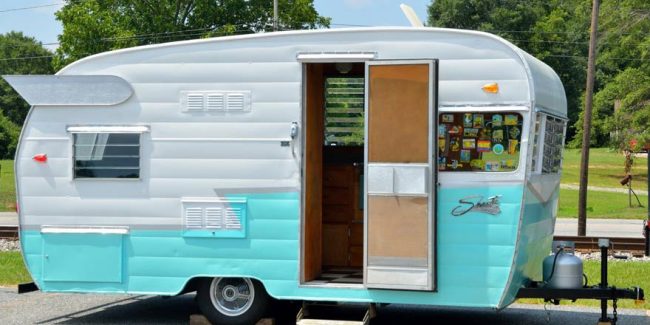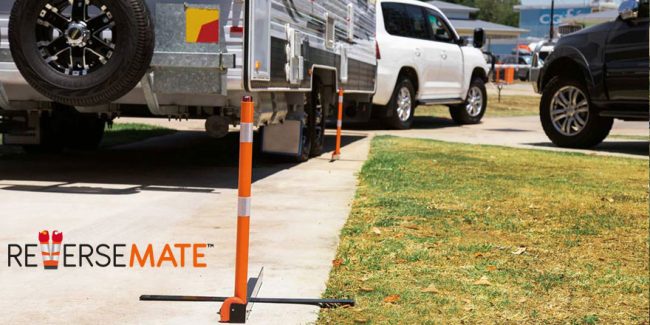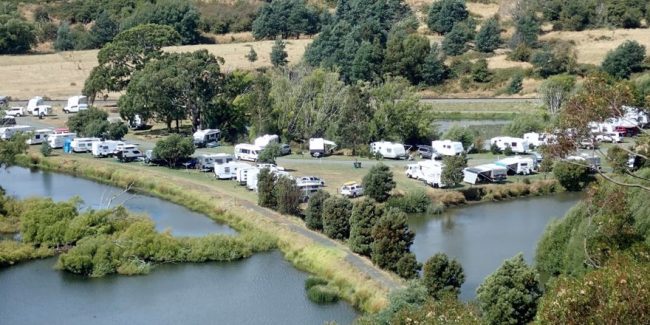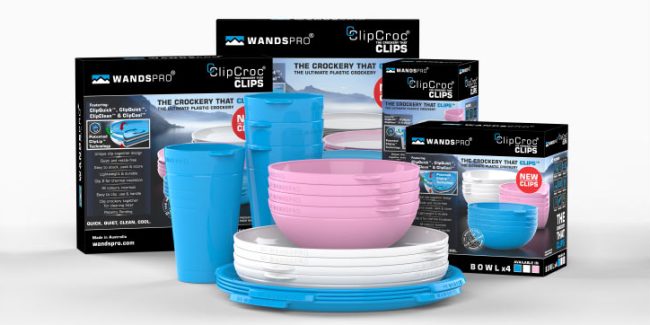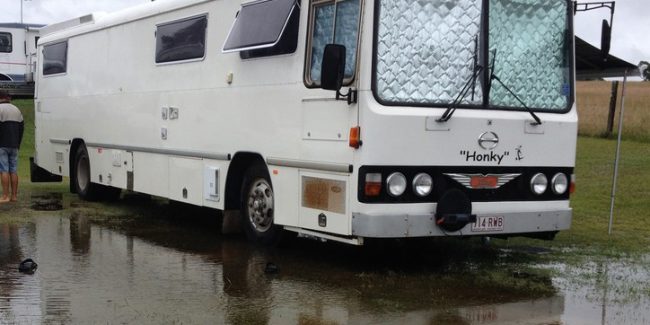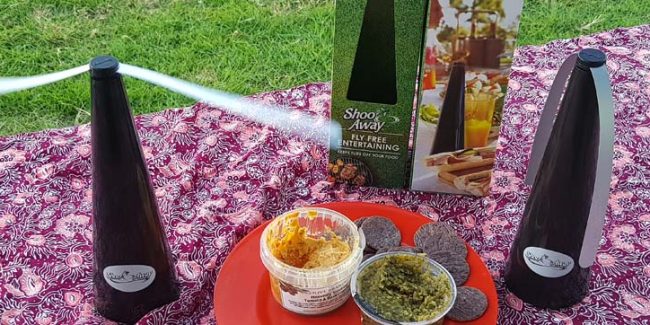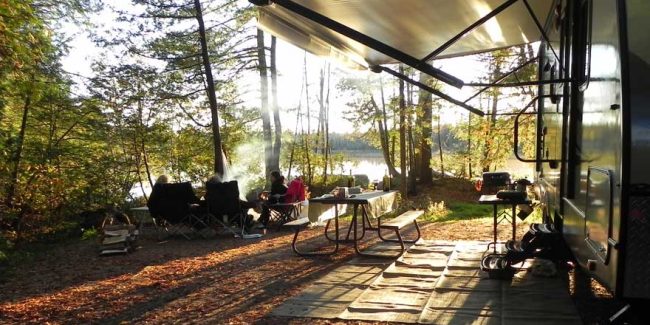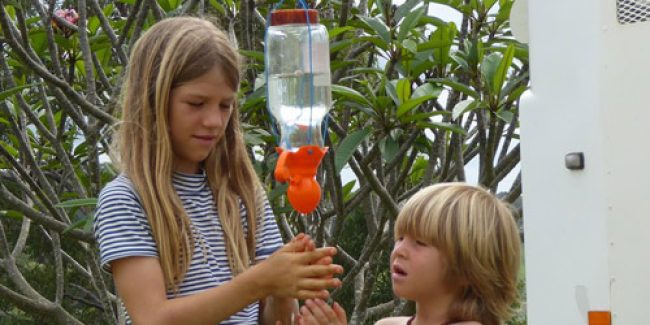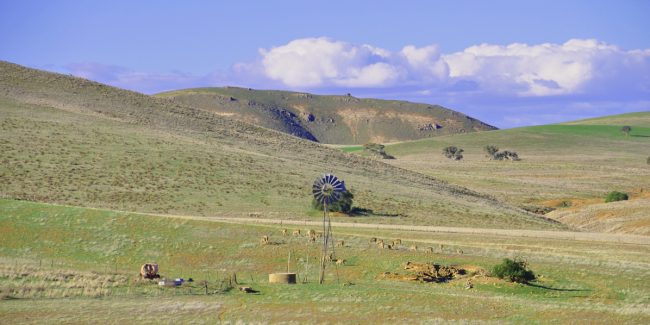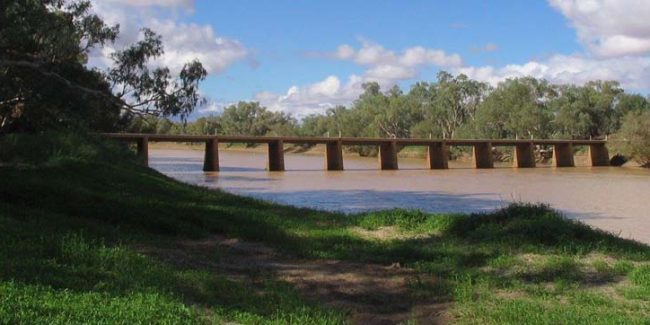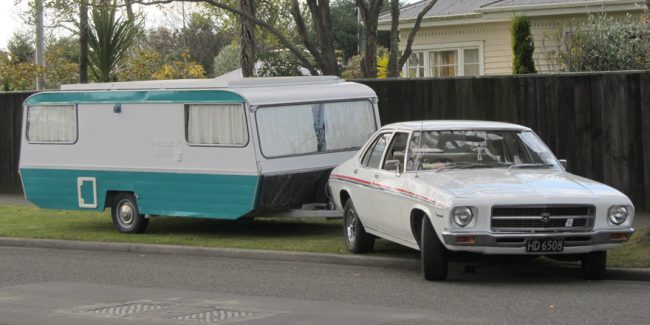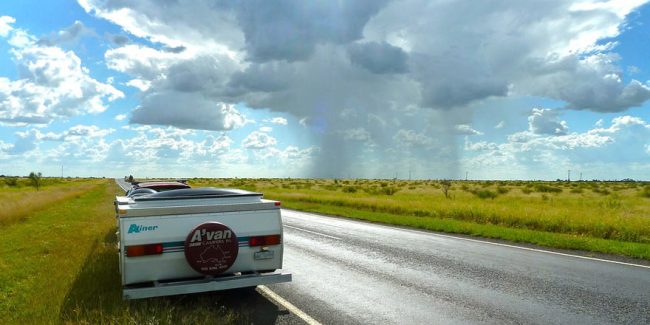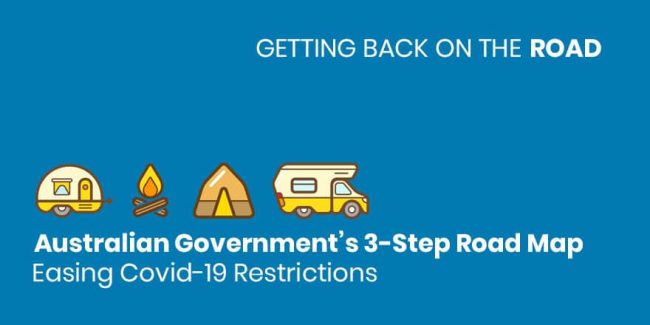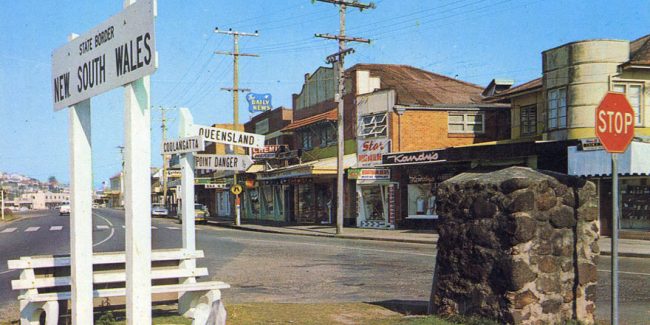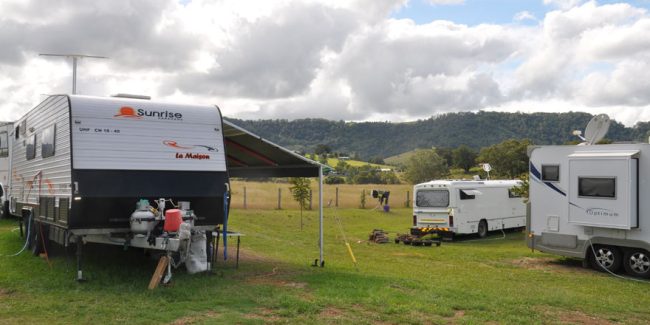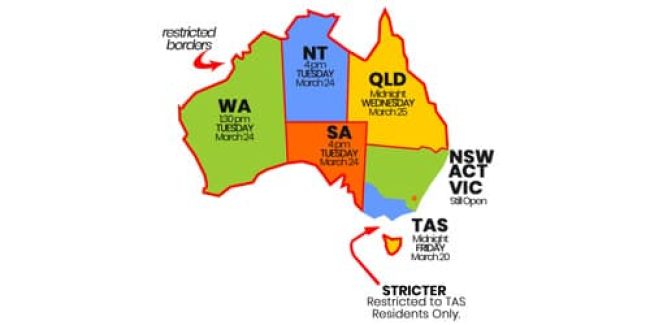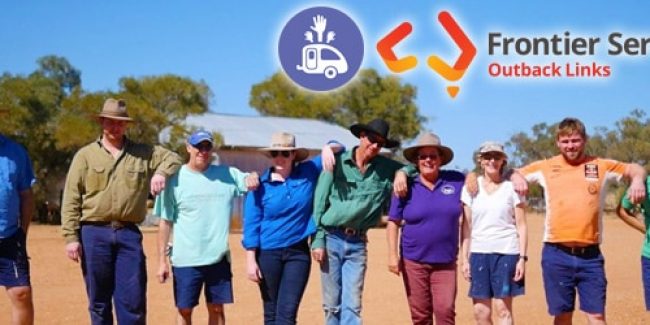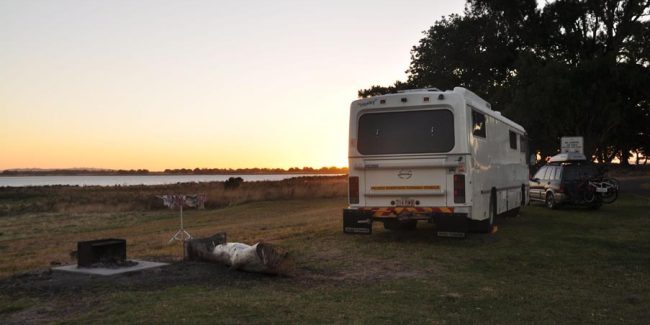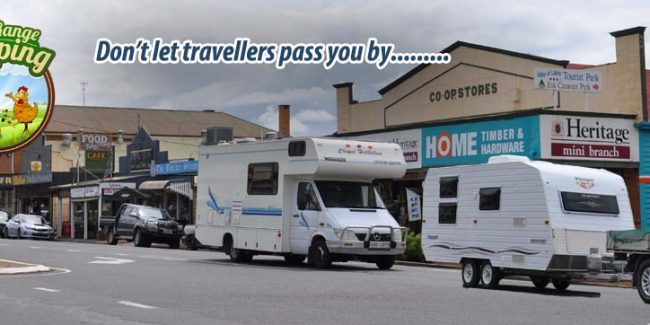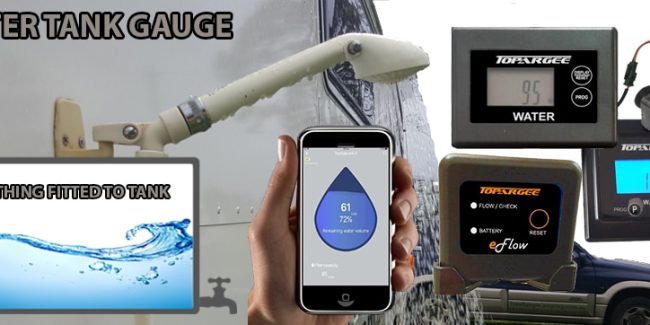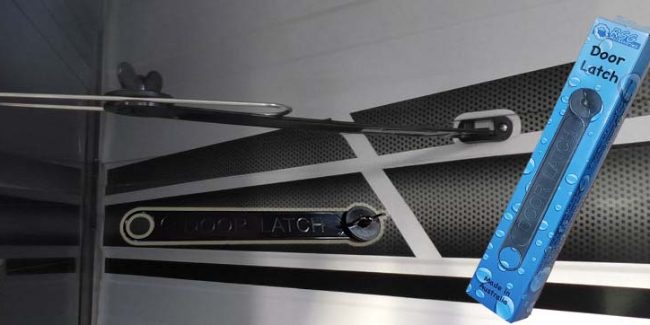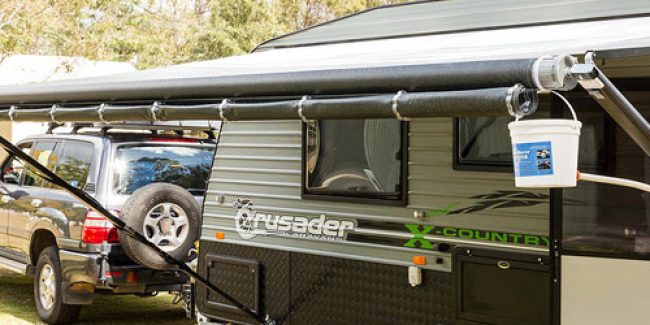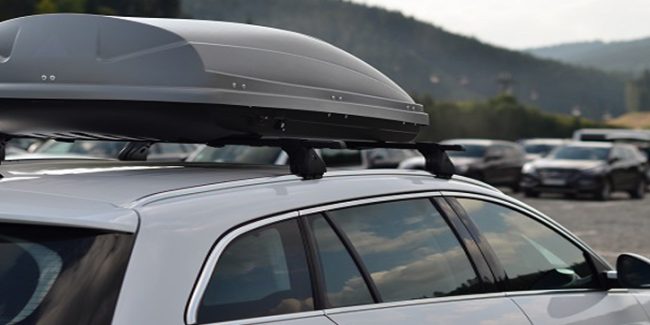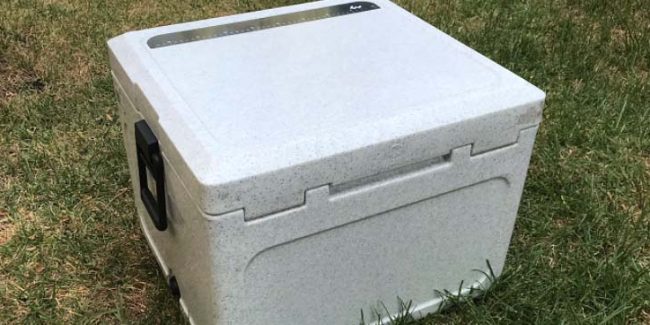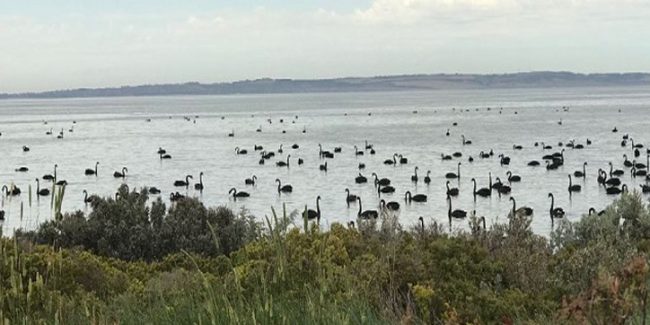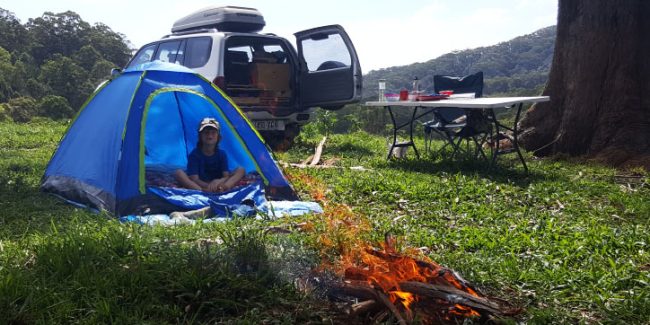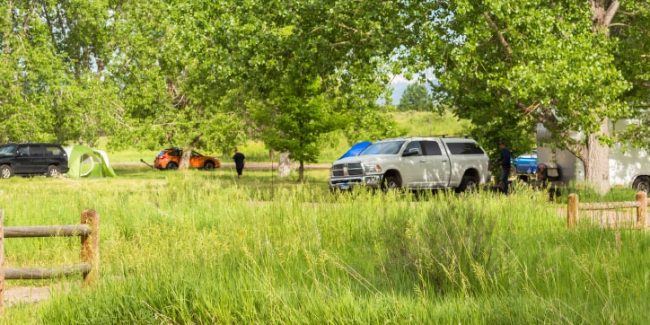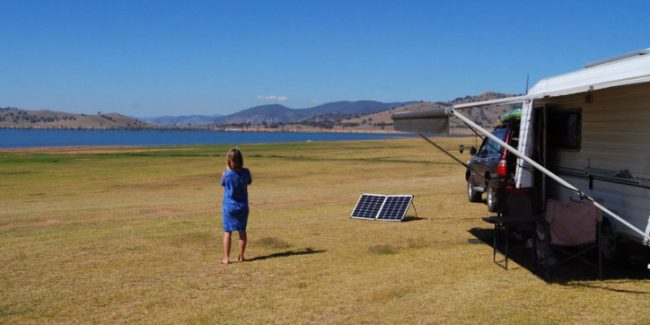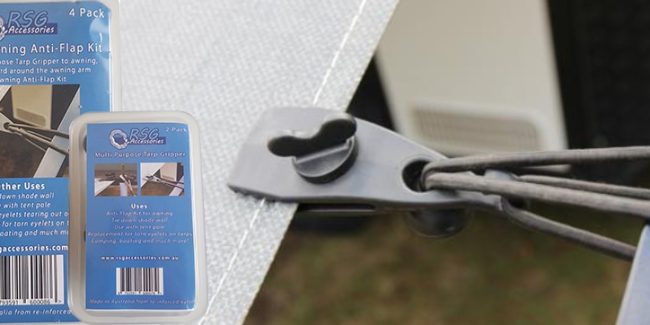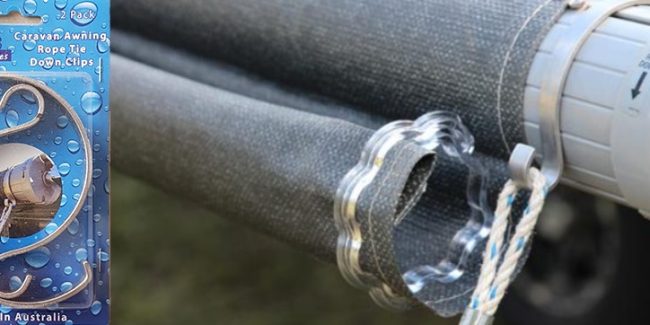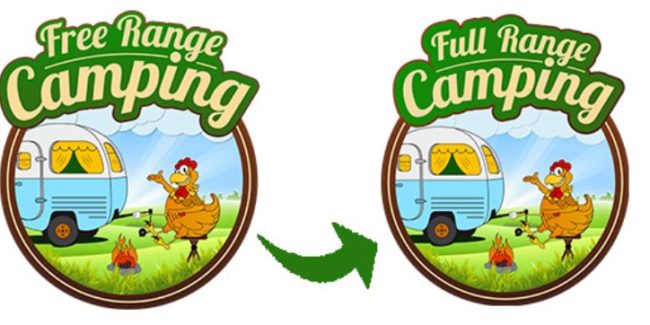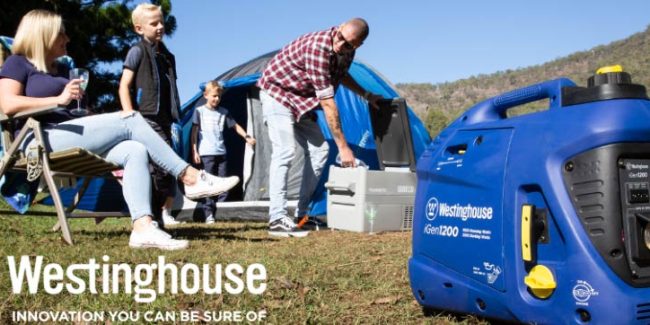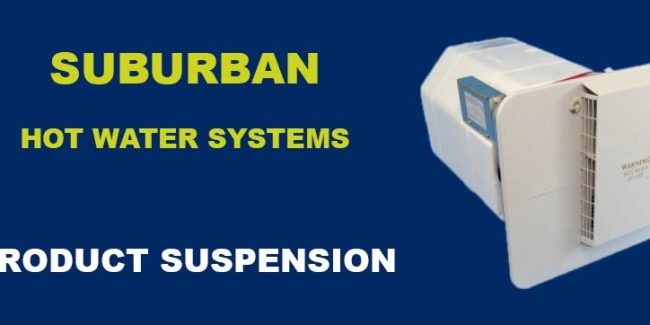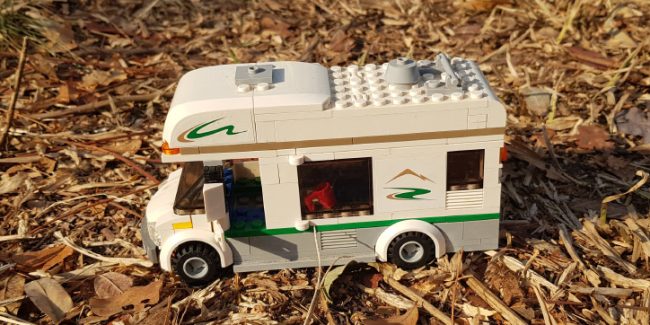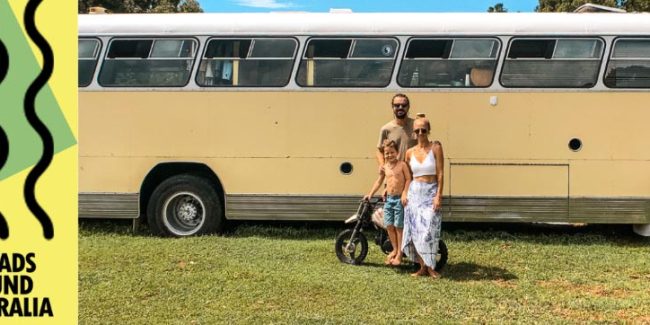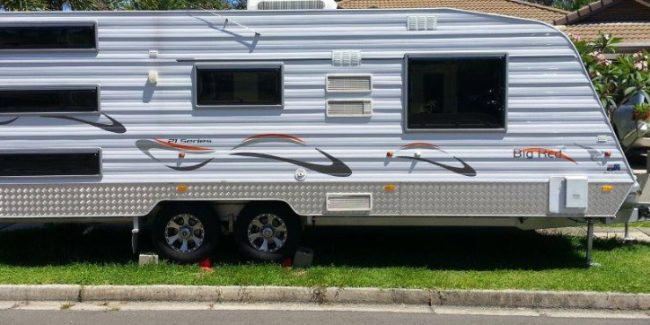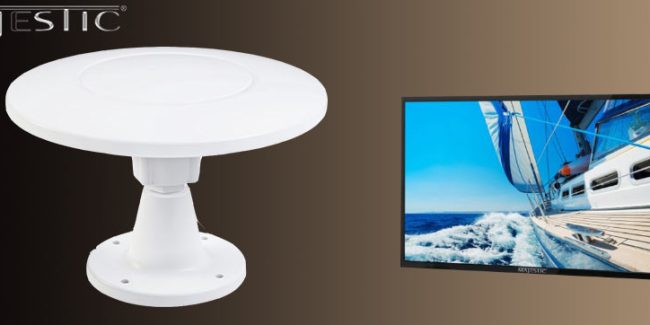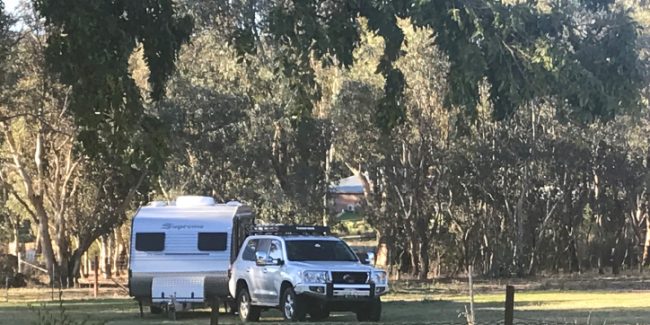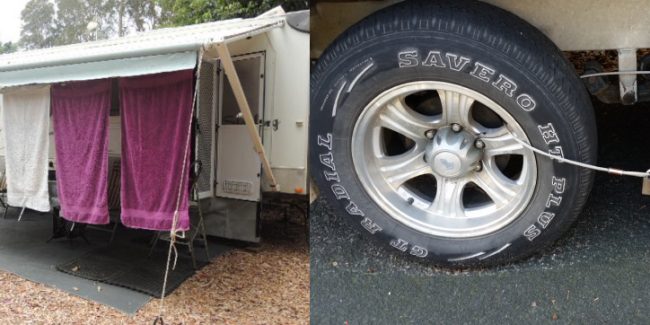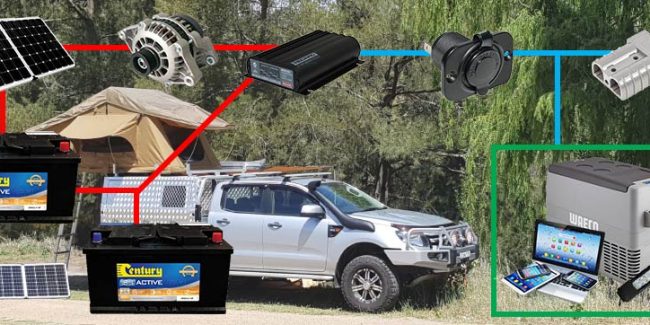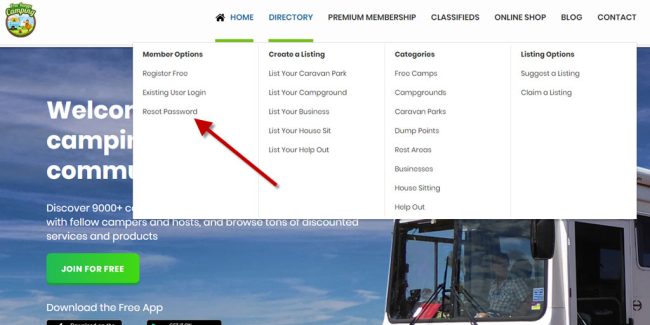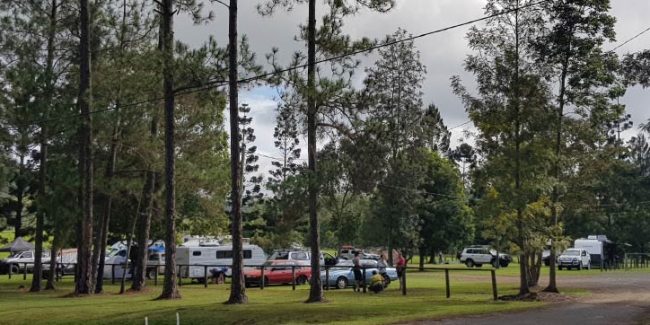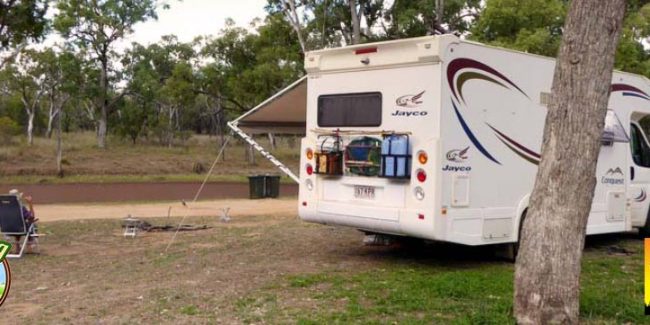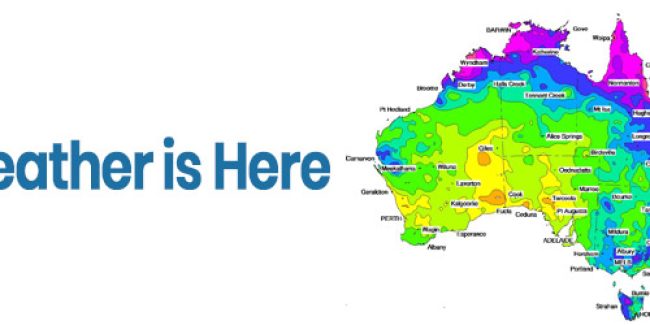Everything has to be right, to enable a caravan or camper-trailer to be stable and handling well on the road. Just one key item that is wrong can cause serious, even lethal, problems.
The loading – total mass, mass distribution and ball-loading – along with the running-gear, especially the tyres, are vital items regarding safety.
One item that is often over-looked – and one that can adversely affect the tracking and cornering – along with tyre life, is the alignment of the axle(s).
Accurate wheel-alignment – or correct suspension geometry – of the tow-vehicle is a major issue affecting the vehicle’s stability and handling, along with the life of the tyres. Castor, camber (whether positive or negative) and toe-in/tow-out all need to be as designed for the particular suspension lay-out, in consideration of the roll-axes and instantaneous-centres as the wheels/tyres move up and down.
The fundamental handling characteristics of the tow-vehicle – over-steer/under-steer versus cornering force – are controlled by the front and rear axle loads, spring rates, anti-roll-bar rates, and damper bump/rebound settings. Vehicles are inherently designed to “plough”, rather than “spin”, off the road when the maximum cornering ability is exceeded.
Altering one of these items – such as adding stiffer rear springs – can cause dangerous and sudden changes in the handling of the tow-vehicle. Towing a heavy high-inertia oscillating trailer or caravan can seriously and unpredictably worsen this situation.
It is also important for caravans and camper-trailers – whether they have an independent suspension or a non-independent (solid-axle) set-up – to have correct alignment.
Running-gear manufacturers like all product manufacturers who have strict duty-of-care responsibilities, are required to best ensure that their products are safe for their intended use, and fully comply with all relevant Standards. They must be professionally designed, engineered and tested – and their production quality monitored – to provide a high degree of assurance that the products supplied to the market will meet the intended requirements. A complication arises if manufacturers fail to foresee reasonable unintended use of their products…
The relative merits of independent and non-independent suspension systems – and leaf and coil springs – will not be discussed at this time, but sufficient to say, independent set-ups are far more sophisticated in providing more complex movements of the wheels/tyres when subjected to cornering, braking and road bump forces.
While it is unlikely that the design incorporates any toe-in or toe-out, there will certainly be strict instructions for the caravan/trailer manufacturer to follow in order to ensure the correct alignment and castors are achieved. Having accurate assembly jigs for mounting the suspension units to the chassis are essential, as is an inspection procedure to check the specifications of the installation, before the vehicle leaves the factory. Inevitably over time, there will be some slight distortion of the chassis, hence simple adjustment devices – cams or turn-buckles or such – should be provided in order to facilitate resetting the alignment periodically.
The first step in ensuring that the caravan/trailers “tracks” correctly, is to check that the tow-vehicle does! This can be done simply by driving down the road and having someone follow you to observe if the tow vehicle tends to “crab”… that is, does it drive completely straight, or has it a slight side-ways attitude?
Obviously, the coupling on the tow-vehicle must be located mid-way across the vehicle, and the axles must be aligned centrally, and parallel with each other. The same requirements apply to the caravan or camper-trailer, whether single-axle or tandem-axle.
While it is most unlikely that manufacturers of solid-axle assemblies would include any toe-in or toe-out, they may well design them to have a small degree of wheel/tyre camber Such axles should be marked so that it is installed with the correct orientation Each wheel needs to have the same degree of camber, and this needs to be measured with a protractor/spirit-level, while the vehicle is on a flat level surface.
Each wheel on an axle must be the same distance from the coupling. Often the body work will not permit a direct measurement from the rim (typically the forward-most point) to the coupling; hence it may be necessary use an indirect measurement, such as parallel to the vehicle, to a point at 90 degrees to the coupling centre-line, equidistance to each side of the vehicle, using a long “straight-edge”.
Alternatively, measurements from directly below the centre of the coupling to corresponding suitable points on the rims or tyres could be taken.
For tandem-axle caravans/trailers, it is important that the two axles are centrally aligned, and parallel with each other. This can be checked by a short “straight-edge” and a steel tape-measure.
All wheels/tyres must be accurately aligned and parallel, and each pair must be the same distance from the centre of the coupling.
Original article provided courtesy of the CCA – www.caravancouncil.com.au – The CAA is a completely independent, non-profit, non-commercial body that provides free no-obligation compliance and technical advice to all manufacturers, importers, dealers, mechanics, owners and potential buyers of recreational vehicles.
You can contact the CCA direct or visit their web site via the links below.
www.caravancouncil.com.au [email protected]


